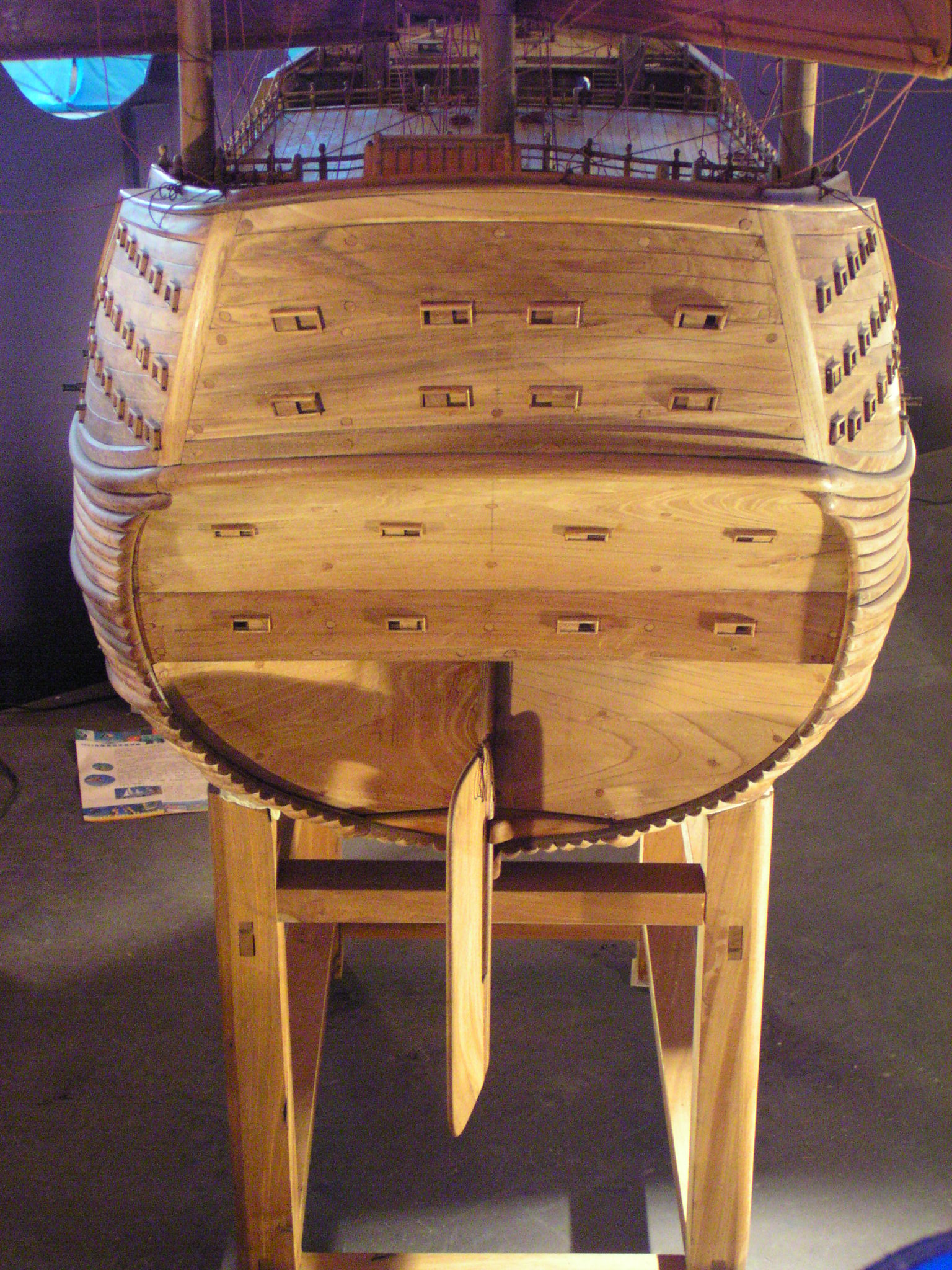Treasure Ship of Zheng He
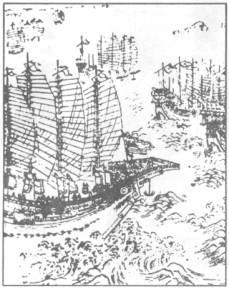
Treasure Ship of Zheng He was the fruit of wisdom of our ancestors. However, we are not able to know too much about it due to the loss of historical literature. Most of the data comes from the ancient Chinese paintings. There are many story versions as how the ship was built. The duplication of Treasure Ship of Zheng is nothing easy. The ship created by Mr. Hong is equipped with all the necessary gear. All the ship artists know that it is more difficult to make small ships than large ones. Mr. Hong can surely duplicate the real-sized Treasure Ship of Zheng He if space is not a constraint.
Sails & Masts
Treasure Ship of Zheng is the ship with the largest number of masts and sails. It has nine masts and twelve sails. It was an ingenious design because it was necessary to maintain balance, stability and the ease-of-use and efficiency of sails. Chinese were the first to invent sails that harness the power of wind. It might look simple but it was not. Chinese sails and western sails were quite different, despite similar appearances. In the event of storms, sailors of western ships had to climb up the masts to rewind the sails. It was a dangerous task. In contrast, it was much easier to operate Chinese sails. All the sailors had to do is to pull up into a full sail in good weather or pull back the ropes to close the sails at stormy times. It was also possible to adjust the level of sails according to the strengths of winds. In the event of tailwinds, it was necessary to open up the sails and move in a zigzag manner. It was nothing different from the sailing competition we see on TV today. The only difference is that they only have single masts. However, Treasure Ship of Zheng He has nine masts. It was critical to allocate the nine masts properly so that sails could work smoothly without obstructing each other.
Making of Dyestuff
Sail, made of cotton fabrics, may rotten under heavy moisture. At the ancient times, dyestuff was used as a preservative. The juice of Dioscorea rhipogonioides, a plant, was made into dyestuff. Dioscorea rhipogonioides is a vine, growing in the mountains of c. 600 meters in altitude. Its root resembles that of taros. Peels of Dioscorea rhipogonioides must be removed before it is grinded into paste with a three-foot wooden plank. Rubbing Dioscorea rhipogonioides against the crossed iron needles on the plant can grind the plant into paste. The paste is then placed in clean water for eight hours. Sail is soaked into the paste water for two years before airing dry. The process must be repeated for three times. According to literature, fishermen in Taiwan in early days used Dioscorea rhipogonioides to dye fishing nets, net ropes and sail. Aboriginals used Dioscorea rhipogonioides to dye ramie yarns. Before the invention of chemical dyestuff, Dioscorea rhipogonioides was an important economic crop and exported at huge quantities.
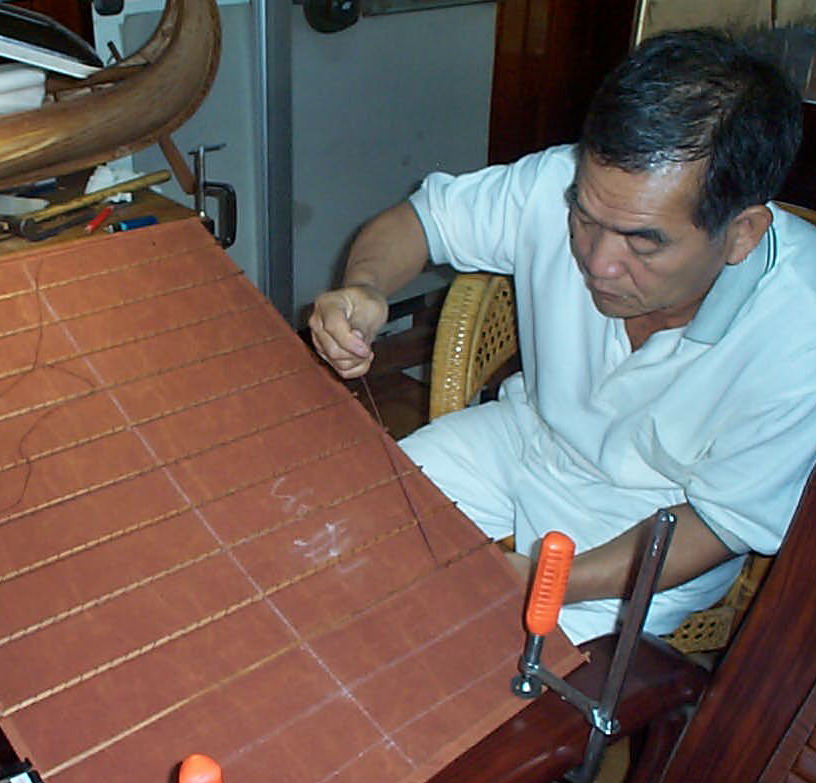
Air Convection
Treasure Ship of Zheng He was big and tall. Some spare space was required for anchors. As most of the work area was at the head, the space had to be sufficient in the front. As ships mostly sail in tailwinds, it is necessary to create an exhaust at the head so that the air can flow freely in the chamber. The head can be lowered down somewhat with aerodynamic designs. This also creates a cool space with good ventilation for staff.
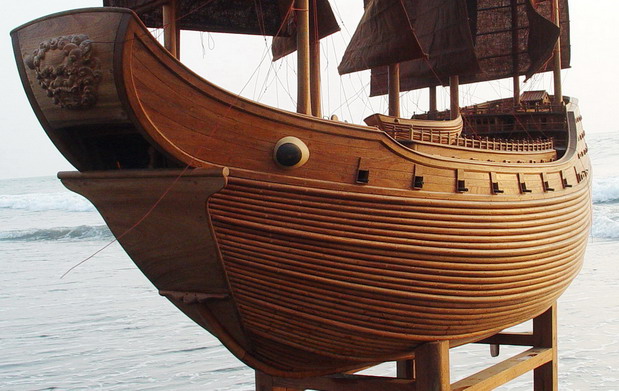
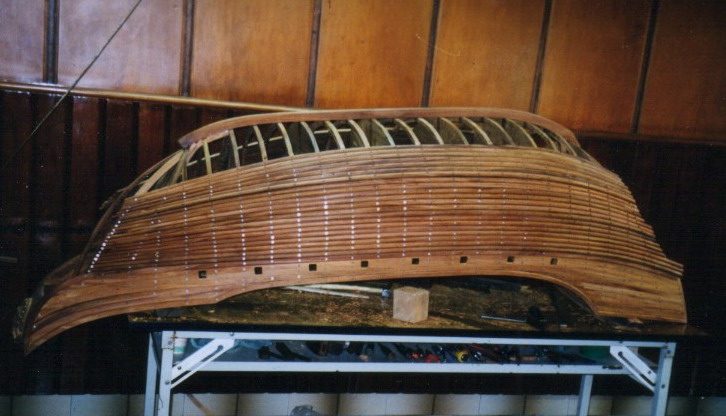
Craft Techniques
Treasure Ship of Zheng He was the largest ship in the world at that time. It was the ultimate carrier of its era. It was not easy to create such a large ship with the level of woodwork techniques at that time. Its length presents a challenge to maintain the strength of the structure. Some unique methods must have been deployed to produce a sail of this magnitude. Axes were used to process large chunks of timber. The whole logs were installed as the outside plates, after the one third of the original length of the logs were removed. This approach creates a strong structure but keeps the flexibility of timber. No complicated processing is required. The modern technology cuts timber into multiple boards with machines and pieces together the boards into outside plates. This method saves materials and the finished boats are aesthetically attractive. However, the same approach cannot support a strong and large structure.
This ancient technique was nothing imaginary. At the age of 13, Mr. Hong worked with his master, Lu Zhenkeng, in Jinsing Ship Building Factory of Keelung City. They were working on a big oaring ship, which docked in the middle of a harbour for cargo transportation. Another transportation ships were converted with sail boats introduced from China cut into halves. As they needed to cut the ships into halves, they could clearly observe the structure in the middle. The outside plates were all very thick. It was the large quantities of timber that created sturdy structures. This is why modern people are marvelled with the large scale of ancient times.
Steering Structure
Steers are critical. Ancient ships were equipped with multiple steers as backup. Treasure Ship of Zheng He should have two-gear steers. The lower half of the boat has the deepest draft line. A tall ship like this one has a very deep draft line. It is necessary to lift the rudder so that the ship does not hit the bottom in the shallow areas. The ship may be destroyed if it hits rocks. A rudder weights about three to five tons. Therefore, a winch is required on the dock to list the rudder. Meanwhile, to protect rudders from being hit by submerged reef, it is necessary to install a buffer system. At ancient times, two ropes were installed at the bottom, from the head to the tail. Ropes would be pulled in tightly on the rudder bottom. Crashing on the ropes was like a buffer. They could also serve as a sensor.
